1008 Franklin, 1984.
Sometime ~1920, the Golden Belt Manufacturing Co. expanded the original mill village with the construction of 6 bungalows on land, as seen on the above 1913 Sanborn map, that had been left vacant during the original mill village construction.
The reasons for leaving this land vacant during the original construction are unclear; perhaps because it was the low land between the factory and the higher ground moving towards Alston and East Main, perhaps because the company originally planned more of a buffer between the factory and the housing (this seems unlikely - our obsession with such buffers is a distinctly post-automobile innovation,) and perhaps because they did not originally own this land. The deeds are a mess to figure out - because the entire mill village and factory were essentially one parcel until 1954, and the deed metes and bounds from the early 20th century are wont to use descriptions such as "from the iron stake next to where Miss Valinda Venable's cow was standing on Saturday east 20 degrees south 100 feet to Mr. Rigsbee's large rock, thence...." - I'm at a loss to figure out whether parcels acquired in the 1910s and in 1930 by GBMC match these.
1913 Sanborn Map, showing vacant land between the mill village and the factory.
1937 Sanborn map, showing houses moved from the construction of Building 6 at Golden Belt (blue) and 6 new bungalows.
The bungalows were identical, but distinctive in character. Each had 12 over 1 windows, a dormer with 12 pane casement windows, large shingled columns and a shingled wall/rail surrounding the front porch.
I spent awhile trying to find other representative examples of these houses in architecture books, websites, etc. before realizing that there was another batch right here in Durham; they are identical (in floor plan as well) to the houses at 1001 and 1003 W. Trinity, 1002 W. Trinity, 1004 W. Trinity, and 1002 Minerva.
Below, a bird's eye view of the neighborhood from 1957 showing the 6 bungalows.
(Courtesy Herald-Sun)
The bungalows stayed fairly well-preserved through the late 20th century; likely in the 1970s, 1009 Franklin was torn down to expand the parking lot for Golden Belt, but in the early 1990s, the others were reasonably intact.
1000 block of Franklin Street, looking southeast, early 1990s - 1006 and 1008 Franklin are to the right.
The Morning Glory / Golden Belt neighborhood, buoyed by the presence of the Golden Belt Manufacturing Company until 1994, fell precipitously onto hard times after the closure of the company. The late 1990s and early 2000s saw the rapid progression of teardowns, fires, and general house abuse from escalating crime. Both 1006 Franklin and 1005 Worth were severely vinylized - and 1005 Worth, at least, was done in the name of lead abatement.
A short aside on this. I don't minimize the deleterious effects of lead on human health, particularly that of children. But like any issue that becomes a source of government grant funding, it is sometimes distorted/magnified in ways that serves the interests of those that seek to take advantage of the funding. Having used the city's lead abatement program on one occasion, I can attest that the work done was ridiculously shoddy for the amount of the city's money spent - through no fault of the city, which simply had to spend way too much money to have a "certified contractor" do just about the most minimal scraping job/bad priming job I've ever seen. I think their preference would have been to rip everything off and replace it with vinyl.
Lead frequently seems to be raised as a convenient way to excuse house demolition - or at least, it's a way to purposely steer the argument towards an unassailable rationale. I'm always curious about the disconnect on this when lead is invoked as the reason to destroy a house - what do people think happens to all that paint when you bulldoze a house? Or it goes to the landfill?
When I first encountered the five remaining bungalows in 2007, 3 were owner-occupied and 2 (1005 Morning Glory and 1008 Franklin) had suffered fires and were abandoned.
1008 Franklin - fire-damaged, abandoned structure - 01.03.08
After 2 1/2 years of conversations (and - to give credit where credit is due - with the help of Burt Rauch at NIS,) we finally managed to purchase 1008 Franklin, have undertaken a similar "shell" renovation on it as well, and hope to sell it to an owner-occupant soon.
1008 Franklin, 10.22.10
1008 Franklin, 12.18.10 - ready for paint whenever it warms up...
1008 Franklin, 01.15.11

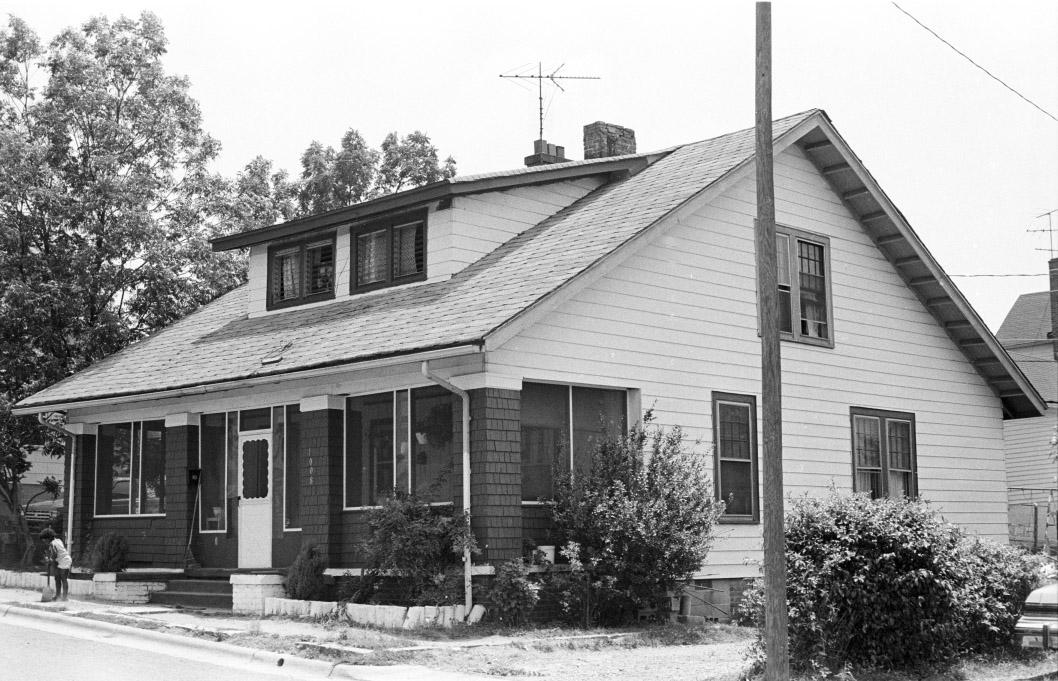
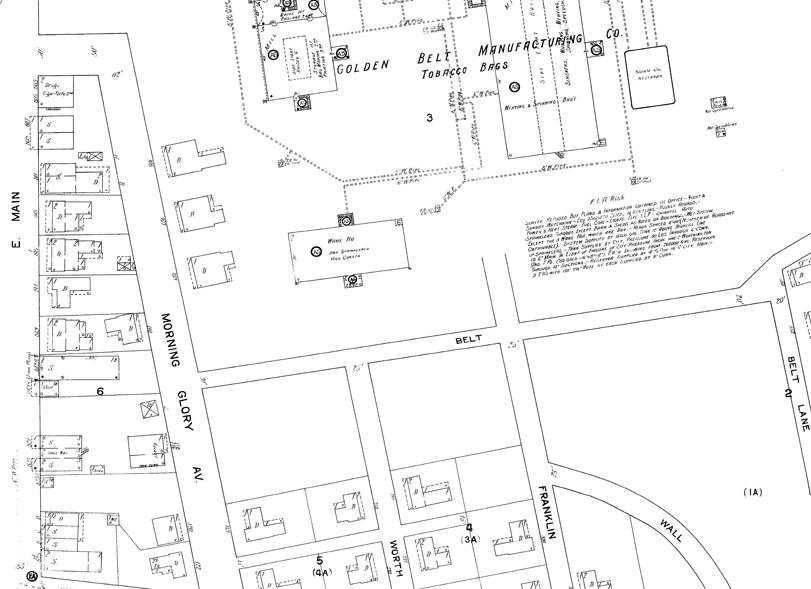
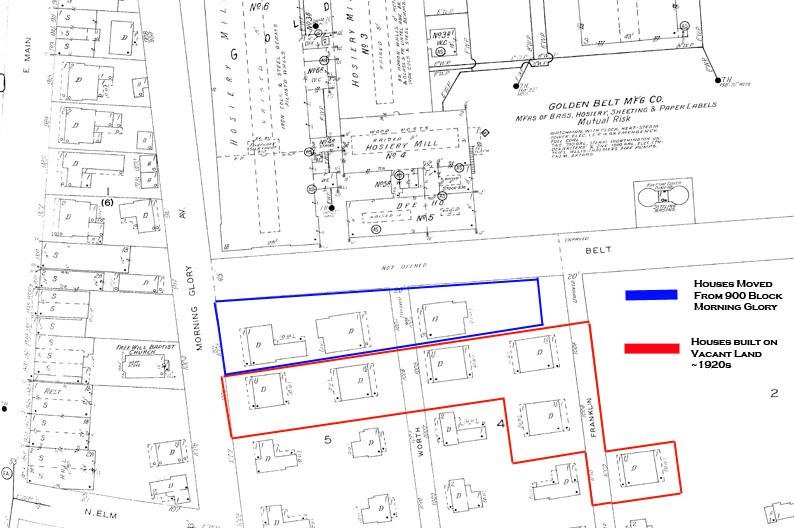
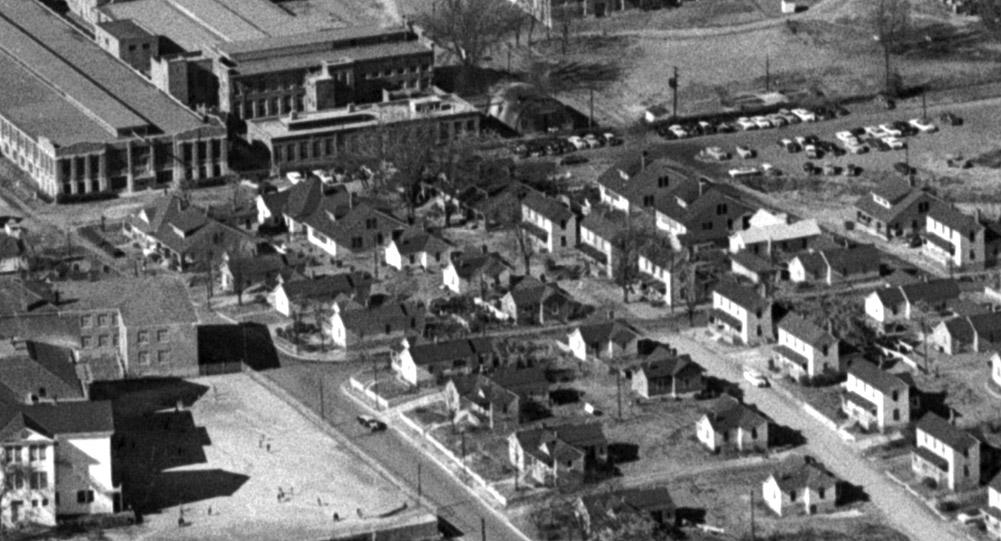
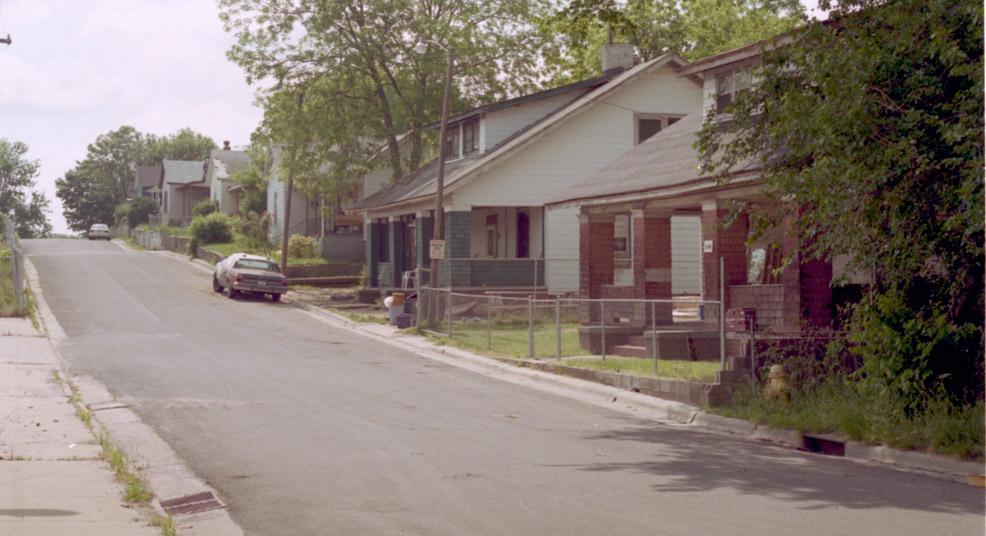
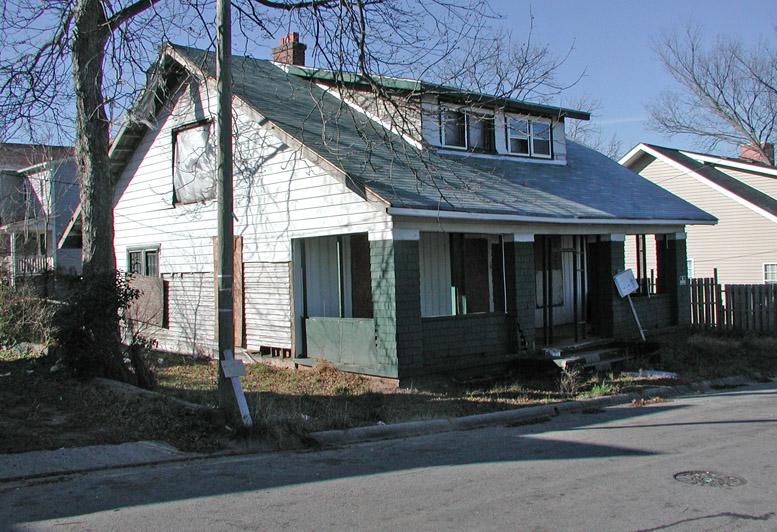
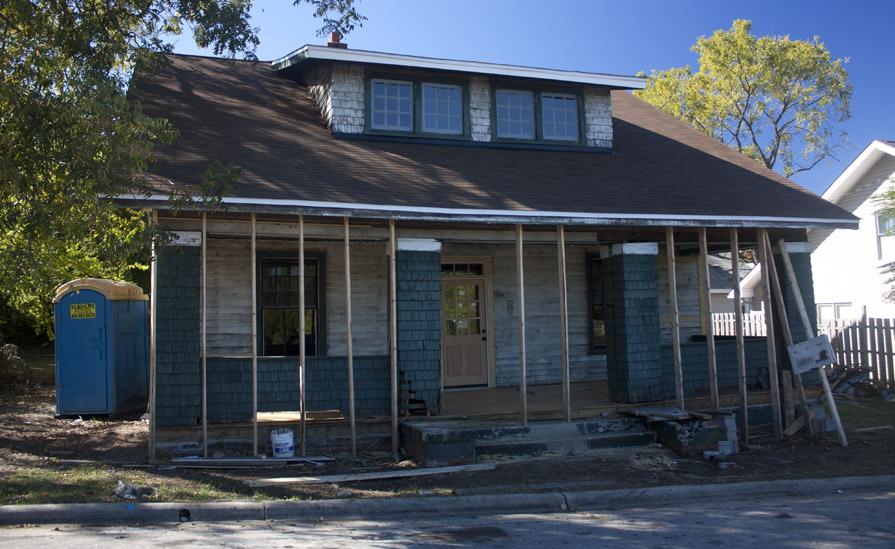
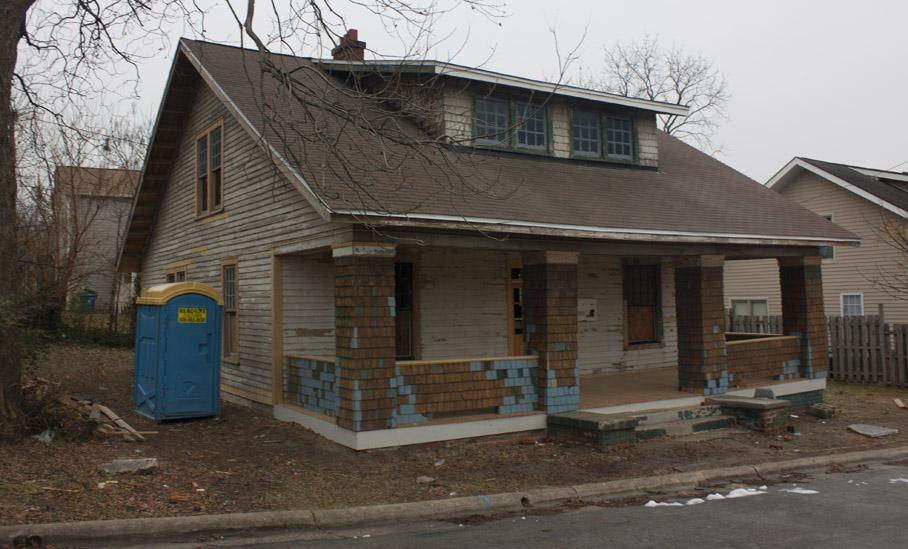
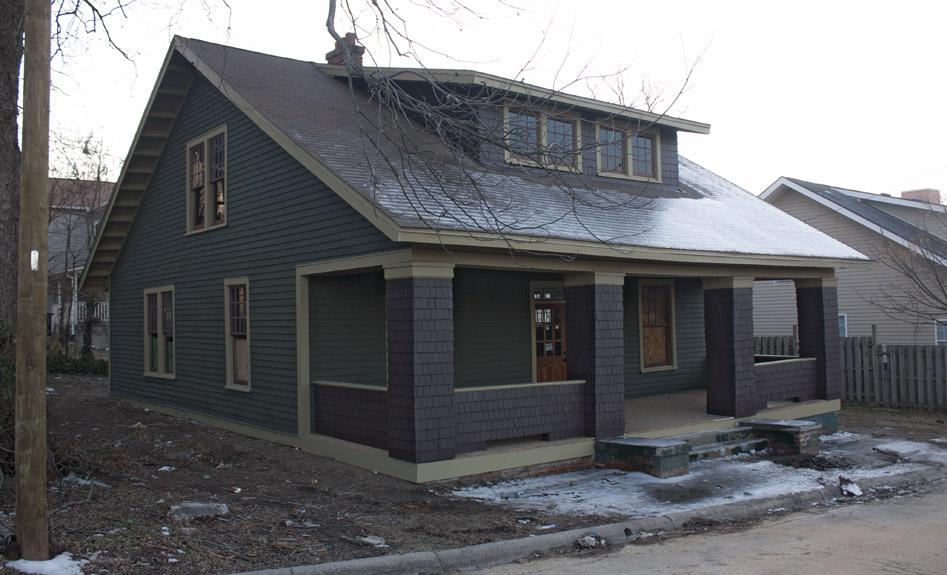
Add new comment
Log in or register to post comments.